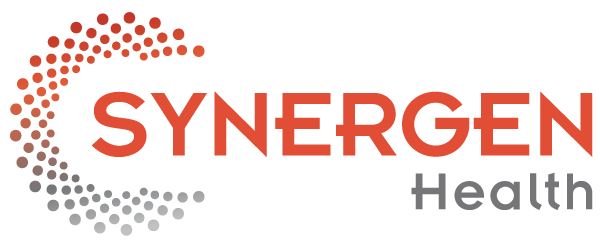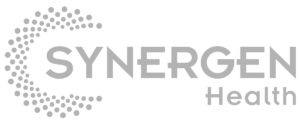 With the widespread adoption of value-based care, the bundled payment model is rapidly gaining popularity for health care organizations. Though health care providers can utilize the bundled payment structure to streamline and optimize their revenue cycles while improving quality of care for their patients, the payment model can present complex challenges in its implementation. To deploy an effective bundled payment program, health care organizations must navigate many hurdles, such as accurately defining care episodes, aligning care team members and thoroughly documenting information across all service levels.
With the widespread adoption of value-based care, the bundled payment model is rapidly gaining popularity for health care organizations. Though health care providers can utilize the bundled payment structure to streamline and optimize their revenue cycles while improving quality of care for their patients, the payment model can present complex challenges in its implementation. To deploy an effective bundled payment program, health care organizations must navigate many hurdles, such as accurately defining care episodes, aligning care team members and thoroughly documenting information across all service levels.
To ensure financial success when adopting bundled payment structures, there are a few key points for providers to focus on. Below are the main areas to consider as your health care organization adopts the bundled payment model.
Leverage Data Analytics
In a bundled payment program, it’s more difficult to track episode costs and project revenue compared to the fee-for-service model. In fact, many providers may not have the appropriate IT or data analytics systems in place to predict financial health or compare how the new payment model will impact overall revenue. This lack of insight can cause providers to feel as if succeeding with a bundled payment method is near impossible, but proper data analytics processes can help.
Providers must gain visibility into their episodic and claims datasets through a secure, accessible platform that makes it easy to understand the content and identify key metrics. This insight will also allow providers to determine median costs, evaluate provider performance and assess how the bundled payment program will impact revenue and profitability.
Cloud-based data analytics platforms that can be fully integrated into billing and EHR systems can provide access to data quickly and efficiently, allowing providers to strategically analyze care episodes and reimbursements at a hyper-detailed level, and with minimal hardware infrastructure costs. At-a-glance dashboards and customized data reports allow providers to easily identify areas of opportunity for their bundled payment programs and enact a suitable strategy without navigating in the dark or placing stress on internal reporting teams. In the long run, this increases efficiencies and lowers overall costs. Accessing data through a comprehensive, user-friendly application is critical to ensuring success from the start, and the role of data analytics in health care settings is only projected to increase.
Minimize Costs through Better Care Coordination Infrastructure
Managing uncontrollable health care costs in the bundled payment environment is a top challenge among providers, as unexpected complications can increase a provider’s chance of exceeding desired expenditures. Therefore, it’s especially important to place emphasis on reducing overall care costs for a successful transition.
To address this issue, providers can pinpoint high-cost patients by deploying patient risk stratification techniques. To understand the likelihood that a patient may develop a certain condition down the line, and anticipate proper measures of care for that patient, providers can calculate risk by turning to big data. This includes social determinant data to assess environmental influences on health, patient-generated and behavioral data to analyze patients’ ability to self-manage their health, and clinical data to track the type and amount of resources used in relation to patient outcomes. Comprehensive risk stratification processes help providers distribute resources to high-risk, high-need patients to prevent costly situations.
Another way to cut back on costs is to assess internal processes. Instead of wasting time and expenses developing a separate workflow for bundled payment patients, providers should generate an all-encompassing patient workflow that includes bundled payment requirements.
Increase Patient Engagement
Improving patient engagement is another key step to successfully managing health care costs under a bundled arrangement. Encouraging open communication with patients is crucial to minimizing health care expenses. In the bundled payment environment, it’s more important than ever for patients to be aware of and on board with a provider’s clinical goals and their financial responsibilities. Providers can motivate patients to comply with care plans and better their outcomes by assisting them in taking a more active role in their health care experience.
To do so, providers can implement online patient portals to allow patients to communicate directly with providers through secure direct messaging capabilities and conveniently access EHRs, doctor notes and other health data to stay informed on their current treatments and medications. To further increase patient satisfaction, health care organizations can also integrate payment affordances into their patient portals for convenience and ease.
Ultimately, the bundled payment method can increase efficiencies and cost savings for health care organizations while supporting the value-based care model in its goal of providing better quality of care for patients. Although the payment model offers some complexities, there are concrete steps to help providers adjust. Leveraging data analytics, implementing risk stratification techniques, streamlining care coordination and improving patient engagement are all key components in alleviating the top challenges associated with the bundled payment structure, and in the end, providing a better care environment.

